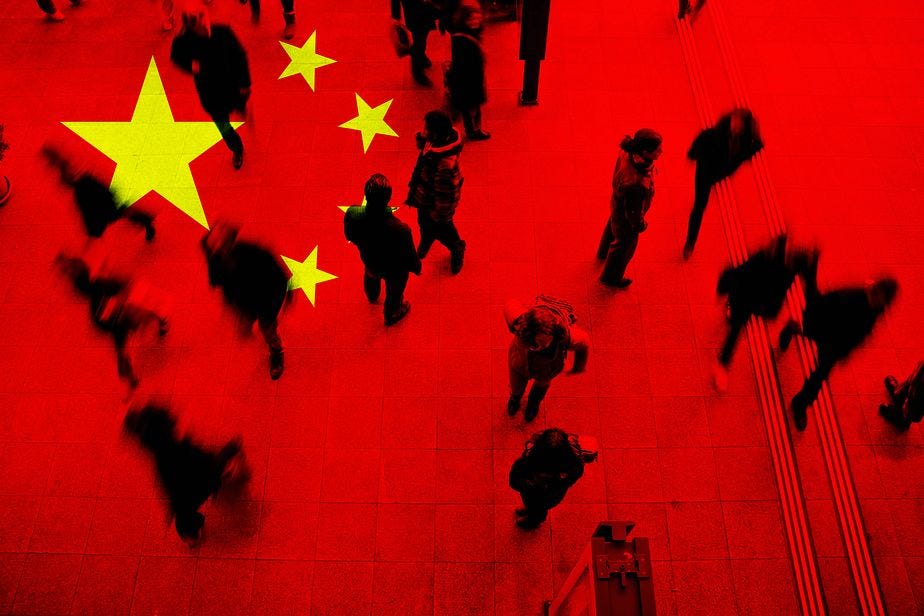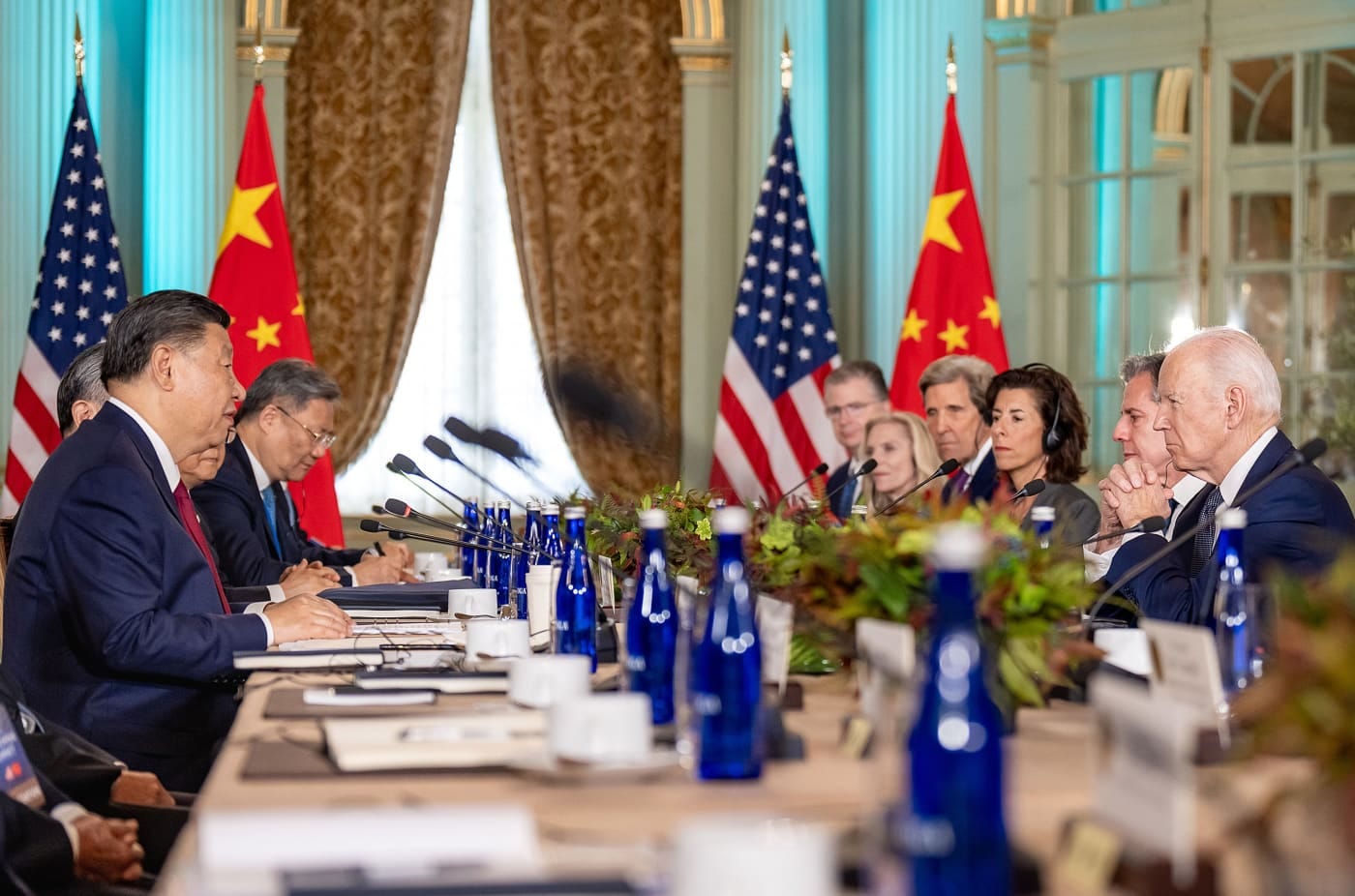An old theme within social theory holds that societies with very unequal distributions of wealth can sustain their social cohesion so long as total wealth is growing. Such total growth enables all who get a distributed share of that wealth—even those with the smallest shares—to experience at least some increase. The rich with the biggest shares can grab most of the growth so long as some is provided to those with small shares. The pie analogy works well: so long as the pie is growing all distributed shares of it can also grow. Some will grow more, others less, but all can grow. If all do grow, social stability is facilitated (assuming the society’s population accepts unequal shares). Modern capitalism’s prioritization of economic growth as urgently necessary reflects such social theory (much as economic growth has reinforced it).
Of course, if instead, a society’s population prioritizes movement toward less unequal shares, economic growth becomes relatively less important. If a society’s population seriously accommodates climate change, economic growth can become still less important. Were social movements endorsing such priorities to grow and ally, they could well alter societies’ attitudes toward and commitments to economic growth.
US capitalism from 1820 to 1980 favored and fostered rising total wealth. The share going to wages grew while the share going to capital grew more. Notwithstanding many bitter capital/labor struggles, the United States as a whole exhibited considerable social cohesion. This was because, in part, a growing pie allowed nearly all to experience some growth in their real income. “Nearly all” could be rewritten as “whites.”
In contrast, the last 40 years, 1980–2020, represent an inflection point inside the United States. The growth of total wealth slowed while corporations and the rich took greater relative shares. Therefore, middle-income people and the poor found their wealth either not growing much or not at all.
The reasons for slowing US wealth growth include chiefly the profit-driven relocations of capitalism’s dynamic centers. Industrial production moved from Western Europe, North America, and Japan to China, India, Brazil, and others. Financialization prevailed in the capitalism left behind. China and its BRICS allies increasingly match or exceed the United States and its G7 allies in levels of production, technical innovation, and foreign trade. The US response to their competition—growing protectionism expressed by imposing tariffs, trade wars, and sanctions—mobilizes increasing retaliation that worsens the US situation. This process is continuing with no end now visible. The US dollar’s role in the world economy declines. Geopolitically, the United States sees former allies such as Brazil, India, and Egypt shift loyalties toward China or else toward a more neutral position relative to the United States and China.
The combination of slowing total wealth growth with a larger share going to corporations and those they enrich undercuts the United States’ internal social cohesion. Political and cultural divisions inside the United States, exposed sharply in the Trump-Harris contest, have become social hostilities that further undermine the global position of the United States. Empires’ declines and their internal social divisions often accelerate each other. For example, consider the scapegoating of immigrants in the United States that now includes charging Haitians with eating pets and ignoring data showing the greater criminality of citizens relative to immigrants. White supremacy resurged to become more public and fuel increasingly divisive regionalism and racism. Struggles over the issues of patriarchy, sexuality, and gender are sharper than they have perhaps ever been. Long deferred protests over social conditions proliferate when empires decline, growth slows, and social cohesion unravels.
Via a parallel logic, matters in China differ very significantly. For the last several decades, China’s GDP growth has been two to three times faster than that of the United States. The growth of average real wages in China has been faster than that in the United States by much larger multiples. These differences are stark and have been sustained for a generation. The Chinese leadership—its Communist Party and government—was thereby enabled to distribute the fruits of its rapid economic growth—its rising wealth—to support internal social cohesion. It did so by its policies of raising real wages and moving hundreds of millions from rural and agricultural to urban and industrial positions. For those Chinese people, this was a historic transition from poverty to middle-income status.
China’s growth plus that of its BRICS allies produced a major competitor for the United States and the G7 by 2010. Both blocs now scour the globe looking for secure, cheap sources of food, raw materials, and energy. Both likewise seek access to markets, secure transport routes and supply chains, and friendly governments. Both subsidize cutting-edge technological advances such that the United States and China now virtually monopolize their achievement (relative to what Europe or Japan once did).
US policy-makers portray China’s global efforts as aggressive, threatening the US empire and thereby potentially US capitalism itself. Chinese policymakers see US efforts (protectionist tariffs and trade restrictions, South China Sea maneuvers, foreign military bases and wars) as aimed to slow or stop China’s economic development. For them, the United States is blocking China’s growth opportunities and dynamism, possibly foreshadowing a resumption of years of China’s humiliation that it finds totally unacceptable. National security anxieties haunt both sides’ rhetoric. Predictions spread of imminent military conflicts and even another world war.
At a time when the wars in Ukraine and the Middle East lead many to call for immediate ceasefires and negotiated settlements, might history suggest something similar for the United States and China now? Britain tried twice (1776 and 1812) to use war to slow or stop the independence and growth of its North American colony. After failing twice, Britain changed its policies. Negotiations enabled the new United States and Britain increasingly to trade with and economically develop one another. Britain focused on retaining, profiting from, and building up the rest of its empire. The United States declared that its imperial focus would henceforth be South America (the “Monroe Doctrine”). This remained the deal until World War II ended Britain’s empire and allowed the United States to extend its own.
Why not a comparable deal between the United States and China, bringing in the G7, BRICS, and the Global South? With genuine global participation, might such a deal finally end empires? The very real dangers—ecological as well as geopolitical—that the world now faces encourage finding some kind of negotiated agreement on a multipolar world. After World War I, such goals inspired the League of Nations. After World War II, they inspired the United Nations. The realism of those goals was challenged then. It cannot suffer that indignity again now. Might we manage to achieve those goals now without World War III?





